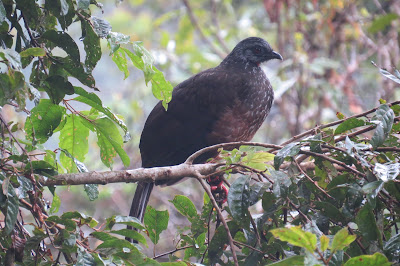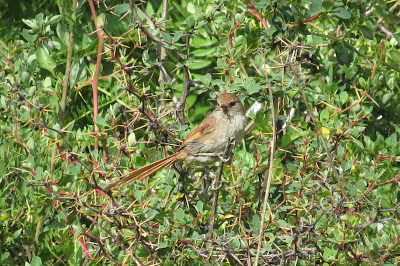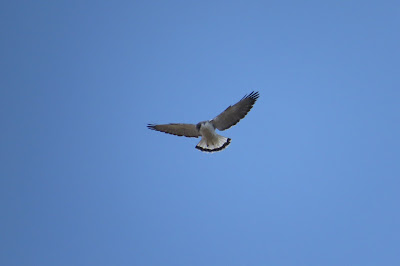NOTA: El programa incluye varios viajes en autobús y bote, y
así que por las fuerzas incontrolables de la naturaleza, el programa puede
estar sujeto a cambios en cualquier momento sin previo aviso.
Cusco – Atalaya Terrestre Bus Carretera
afirmada 224 km/9:h 30 m
Atalaya
- Pcv. Limonal Fluvial Canoa Río Madre de Dios 137
km / 7h
Día 01: Cusco – Manu Rainforest Lodge
Recojo
de su hotel 4:00 AM en nuestra bus privado, esta vez nos levantaremos muy de
temprano, para viajar directo hasta Atalaya puerto principal de ingreso al PNM,
llegando al medio día un aproximado,
luego nos embarcamos en nuestro bote rio abajo por 2 horas hasta nuestro
albergue.
Pernocte en Manu RainforestLodge.
Cusco
a Atalaya son 9:30 horas es decir si salimos a las 4 am de la ciudad del Cusco
en Atalaya estamos a las 12:30 pm después del almuerzo tomamos nuestro bote a
las 2:30 pm, para viajar por 1:30 horas hasta nuestro albergue.
Almuerzo
en Atalaya 1pm
Cena
en el albergue 7pm
Día
02: Manu Rainforest Lodge – Machiguenga (CN)
Desayuno
a las 6 de la mañana, y 7:30 am estaremos tomando nuestro botes rio arriba por
otro rio llamado Palotoa, viajando por 1 hora en bote. Una vez en el lugar de
los Machiguengas haremos una pasantía en el lugar con los pobladores de dicha
comunidad (PALOTOA TEPARO), en la tarde estamos de vuelta a nuestro albergue.
Pernocte en Manu Rainforest Lodge.
De
dicho albergue salimos en embarcaciones medianas o pequeñas para viajar Rio Palotoa
arriba por 1 hora saliendo a las 7:30 am, llegando a las 8:30 am. Una vez en el lugar de
los Machiguengas hacemos toda nuestra actividad correspondiente al día de hoy,
y en la tarde a las 4pm estaremos
tomando nuestros botes de retorno al albergue viajando de nuevo rio abajo por
Rio Palotoa por 1 hora.
Desayuno
en el albergue MRL
Almuerzo
en Palotoa Teparo (MACHIGUENGAS) 12:30 pm
Cena
en el albergue MRL
Día 03:
Manu Rainforest Lodge – Limonal – Boca Manu
Desayuno a las 5 am y las 6 am de la mañana estaremos saliendo con nuestros
botes por 5 horas en dirección a Limonal, llegando a las 10 am una vez en
Limonal exploraremos el área hasta donde se nos permita el guarda parque de
dicho puesto de vigilancia (zona
restringida). Hora de regreso de Limonal será las 2 pm para viajar por una 1.30
horas, hasta Boca Manu.
Pernocte en tiendas de campaña en Boca Manu.
Desayuno en el albergue MRL
Almuerzo en Limonal
Cena en Boca Manu
Día 04: Boca Manu – Manu Rainforest Lodge.
Esta mañana salimos a las 7
am después del desayuno, en nuestros botes confortables por el Rio Alto Madre de Dios a Aguas
Termales, para llegar a este lugar
tenemos que viajar en vote rio arriba durante 5 horas llegando a medio día 12
pm un aproximado. Después de disfrutar de un baño sauna medicinal tomaremos
nuestro bote nueva mente para continuar con nuestra travesía por rio arriba,
por 2 horas llegando a las 5 pm de la tarde a nuestro respetivo albergue.
Ultima noche de pernocte en
Manu Rainforest Lodge.
Desayuno en Boca Manu
Almuerzo en Aguas Termales
Cena en el albergue MRL
Día 05: Manu Rainforest Lodge - Cusco
Temprano 6 am desayunó y embarque
a las 7am. Hoy día será el último día en la selva la cual aún tenemos que tomar
nuestros botes para viajar unas 3 horas rio arriba hasta llegar a Atalaya a las
9 am para tomar nuestro bus por 9 horas, llegando al Cusco a las 8:30pm,
llegamos!
Desayuno en el albergue MRL
Almuerzo en el bosque
nublado (box lunch)
CONTACTO CON LOS INDÍGENAS
Si tenemos la ocasión de
visitar alguna comunidad indígena es esencial respetar a sus habitantes. Antes
de tomar una foto o de grabar en vídeo hay que pedir permiso. Un tema bastante
controvertido es el de si debemos o no pagar por las fotos. En los lugares más
apartados, no acostumbrados al turismo masivo, la gente no suele pedir ninguna
remuneración económica por tomarles fotos. Sin embargo, en los lugares más
turísticos, pedir moneditas se ha convertido en toda una tradición. Seremos
nosotros los que decidamos qué hacer, aunque hay que tener claro que si nos
piden dinero hay que pagar o no hacer la foto. Habrá que evitar recolectar
muestras de fauna o de flora autóctona y llevar elementos que puedan
contaminar.
HOSPEDAJE:
Recomiendo el albergue Manu
Rainforest Lodge como punto de partida ya que es de nuestra propiedad y los
costos estas reducidos en base a este. Según el tipo de viaje que quieran
hacer. Por ejemplo, si desean hacer
muchos recorridos y travesías, un albergue turístico sería un gasto
innecesario, pues no permanecerán en él. Solo será para dormir y pagar por 90 soles por noche para esto mejor vi por
conveniente dormir en tiendas de campaña y yo los incluiré, solo deben traer
sus mantas para dormir.
Viajeros ecológicos y
aventureros como nosotros: nuestro eco albergues también son una excelente
opción. Manu Rainforest Lodge ofrece cabañas construidas en el medio del bosque
con todo los servicios incluidos baño, ducha, comedor, habitaciones. ¡Una
opción intrépida y muy amazónica!
VISITA A LA COMUNIDAD MATCHIGUENGA
La visita lo haremos muy
amena con la participación de todos nosotros, ya sea un campeonato
deportivo, visita a sus casas, compartir
con ellos su bebida típicas naturales (MASATO), haciendo intercambio de ideas y
conocimiento y por qué no llevarles una sonrisa a los niños con presentes que
no sean muy impactantes en su ámbito natural.





























